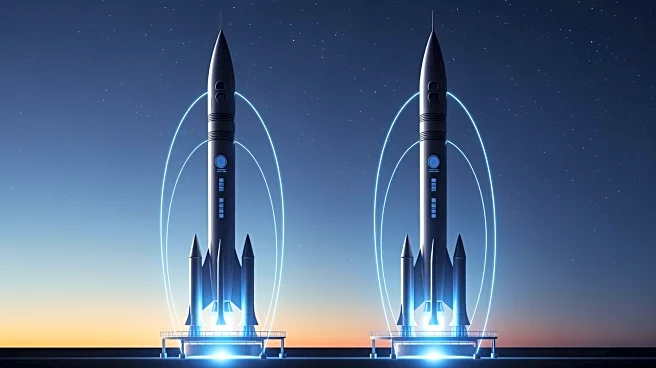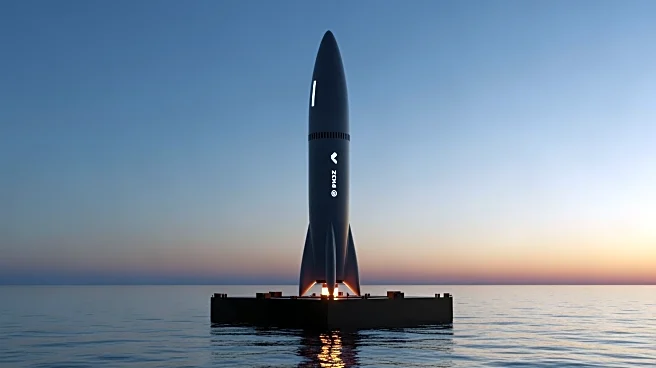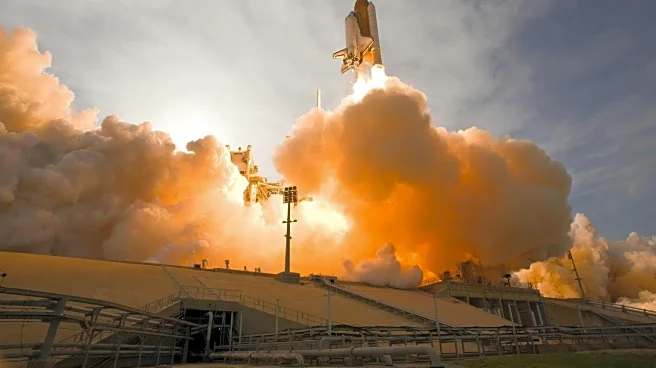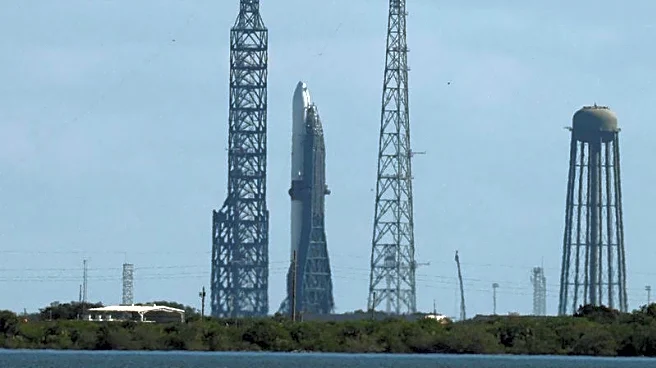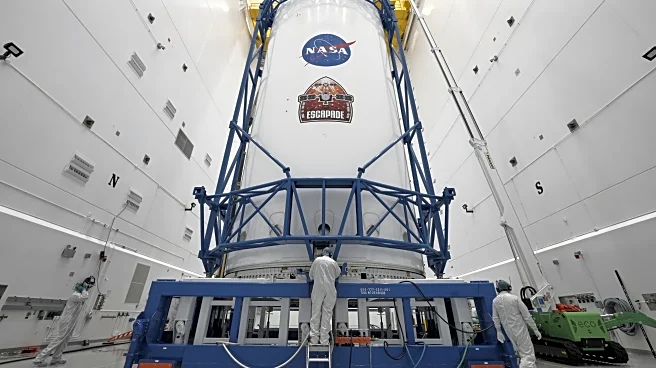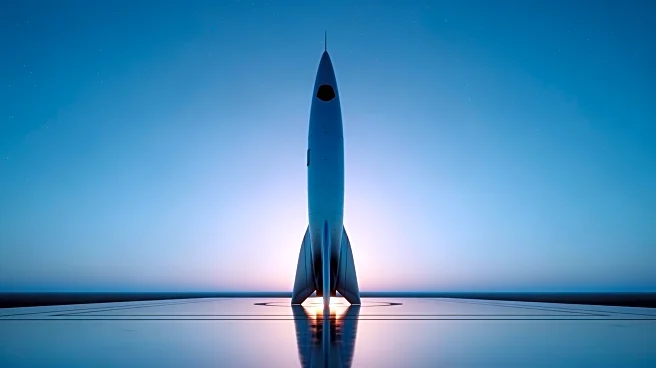What's Happening?
SpaceX successfully conducted two Falcon 9 rocket launches from Florida's coast within a span of 3 hours and 36 minutes. The first launch occurred on November 14 at 22:08 local time from NASA's Kennedy
Space Center, deploying 29 Starlink satellites into orbit. The rocket's first stage landed on the drone ship A Shortfall of Gravitas in the Atlantic Ocean. The second launch took place at 01:44 from Cape Canaveral Space Force Base, also delivering 29 Starlink satellites. The first stage landed on the platform Just Read the Instructions in the Atlantic. These launches marked the 145th and 146th Falcon 9 missions in 2025, with over 100 missions dedicated to expanding the Starlink internet constellation, which now includes more than 8,900 satellites in low Earth orbit.
Why It's Important?
The rapid succession of SpaceX's Falcon 9 launches underscores the company's commitment to expanding its Starlink satellite network, which aims to provide global internet coverage. This expansion is significant for remote and underserved areas, potentially revolutionizing internet access worldwide. The successful deployment of satellites also highlights SpaceX's operational efficiency and technological prowess in the aerospace industry. The growing constellation of Starlink satellites could impact telecommunications, offering competitive alternatives to traditional internet service providers and influencing market dynamics.
What's Next?
SpaceX is likely to continue its aggressive launch schedule to further expand the Starlink network, aiming for comprehensive global coverage. The company may face regulatory challenges as it increases the number of satellites in orbit, potentially leading to discussions on space traffic management and orbital debris mitigation. Stakeholders, including governments and telecommunications companies, will be closely monitoring SpaceX's progress and its implications for global internet infrastructure.
Beyond the Headlines
The rapid deployment of Starlink satellites raises questions about the long-term sustainability of satellite constellations and their impact on space environments. Ethical considerations regarding the monopolization of space and the potential for increased space debris are becoming more prominent. Additionally, the expansion of satellite internet services could influence cultural and social dynamics by bridging digital divides and altering communication patterns globally.


